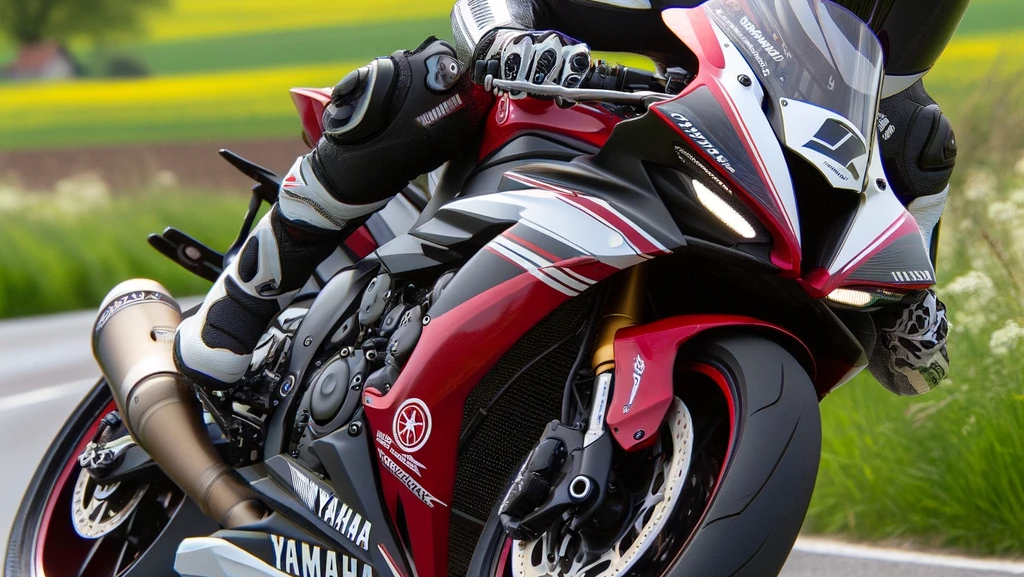Buying a used old-school sportsbike is like embarking on a treasure hunt. These vintage machines, with their nostalgic charm and distinctive styling, offer a unique riding experience that modern bikes can’t quite replicate. However, the process requires careful consideration to ensure you get a bike that’s both a joy to ride and a sound investment. Let’s dive into what you need to know to make an informed purchase.
Why Choose an Old-School Sportsbike?
Old-school sportsbikes are more than just two-wheeled machines; they are pieces of history. Here are a few reasons why they might be appealing to you:
- Classic Aesthetics: Vintage sportsbikes often have a design and character that stand out in a crowd, making them head-turners wherever you go.
- Unique Riding Experience: These bikes offer a riding feel that’s distinct from modern bikes, often providing a more engaged and visceral experience.
- Potential Investment: Well-maintained and rare models can appreciate over time, making them not only a joy to own but also a good investment.
Key Factors to Consider
When buying a used old-school sportsbike, several critical factors come into play. Here’s a breakdown of what to look for:
- Research and Choose the Right Model
- Identify models that are known for their reliability and have a good supply of spare parts.
- Research the bike’s history and common issues associated with that model.
- Assess the Condition of the Bike
- Engine and Transmission: Check for any oil leaks, unusual noises, and smooth shifting.
- Frame and Chassis: Look for signs of rust, cracks, or repairs, which could indicate previous accidents or poor maintenance.
- Suspension and Brakes: Ensure the suspension is not leaking and the brakes are responsive and not overly worn.
- Electrical System: Test all electrical components, including lights, indicators, and the ignition system.
- Service History and Documentation
- A well-documented service history can give you insights into how well the bike has been maintained.
- Look for records of regular maintenance, major repairs, and any upgrades.
- Mileage and Usage
- Consider the mileage in relation to the bike’s age. Low mileage isn’t always better if the bike hasn’t been maintained properly.
- Understand how the bike was used (e.g., city riding, racing) as it impacts wear and tear.
- Authenticity and Modifications
- Verify if the bike has its original parts or if there have been significant modifications.
- Original bikes often hold their value better, but tasteful and well-done modifications can also enhance a bike’s appeal.
Inspection Tips
When inspecting a used old-school sportsbike, it’s crucial to be thorough. Here are some detailed tips:
- Cold Start: Request to start the bike when the engine is cold to identify any hard-starting issues.
- Test Ride: Take the bike for a test ride to assess its performance, handling, and comfort.
- Check for Leaks: Look for oil, fuel, or coolant leaks which could indicate underlying problems.
- Tire Condition: Inspect the tires for wear and age, as old, worn-out tires will need replacing.
- Sound Check: Listen for any unusual noises from the engine, exhaust, or suspension.
Negotiating the Deal
Once you’ve found the right bike and conducted a thorough inspection, it’s time to negotiate the price. Here are some tips:
- Market Research: Have a good understanding of the market value of the model you’re interested in.
- Point Out Issues: Use any issues you’ve found during the inspection as leverage to negotiate a better price.
- Be Prepared to Walk Away: If the price doesn’t meet your expectations or the bike has too many issues, be ready to walk away.
Maintenance Tips for Your Old-School Sportsbike
After you’ve successfully purchased your vintage sportsbike, maintaining it properly is key to ensuring longevity and performance. Here are some tips:
- Regular Servicing: Stick to a regular maintenance schedule, including oil changes, brake checks, and tire inspections.
- Use Quality Parts: Whenever possible, use OEM (Original Equipment Manufacturer) parts to maintain the bike’s authenticity and performance.
- Store Properly: Keep your bike in a dry, covered space to prevent rust and deterioration. Consider using a bike cover for added protection.
- Ride Often: Regular use can actually help keep the bike in good condition, as long periods of inactivity can lead to issues like battery drain and fuel degradation.
- Join a Community: Engaging with fellow vintage bike enthusiasts can provide valuable tips, resources, and support for maintaining your old-school sportsbike.
Conclusion
Buying a used old-school sportsbike is a rewarding endeavor for any motorcycle enthusiast. By conducting thorough research, inspecting carefully, and negotiating smartly, you can find a classic bike that not only brings joy but also stands the test of time. Remember to maintain your bike diligently to ensure it remains in top condition and continues to offer an exhilarating ride. Happy riding!

